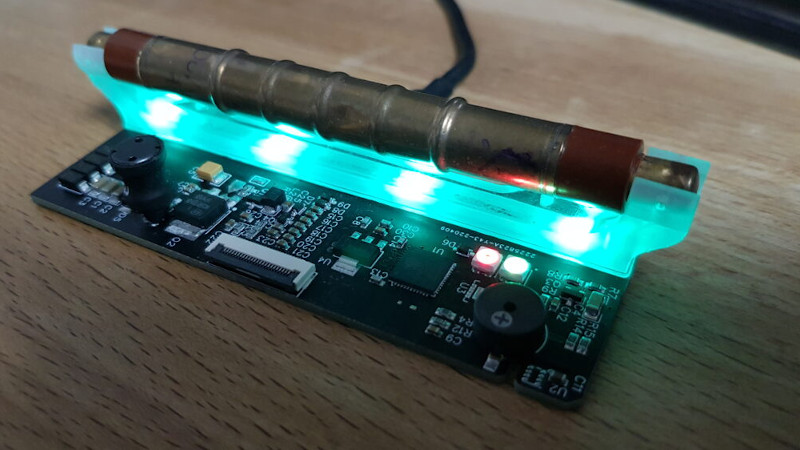[Michal Zalewski] has radiation on the brain. Why else would he gut a perfectly-horrible floor lamp, rebuild the entire thing with high-power RGB LEDs, and then drive it with a microcontroller that is connected up to a Geiger-Müller tube? Oh right, because it also looks very cool, and Geiger tubes are awesome.
If you’ve been putting off your own Geiger tube project, and we know you have, [Michal]’s detailed explanation of the driver circuit and building one from scratch should help get you off the couch. Since a Geiger tube needs 400 volts DC, some precautions are necessary here, and …read more
 Continue reading Mood Lamp Also Warns of Nuclear Catastrophe→
Continue reading Mood Lamp Also Warns of Nuclear Catastrophe→
